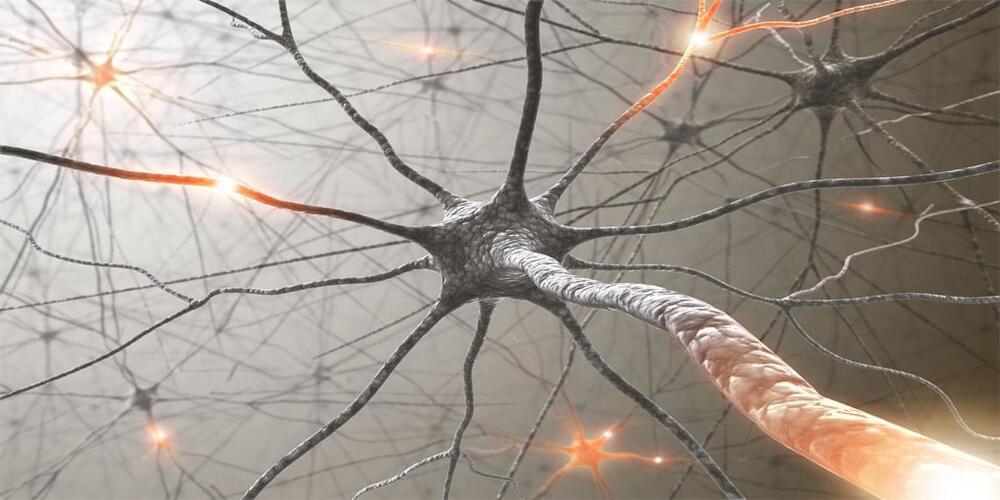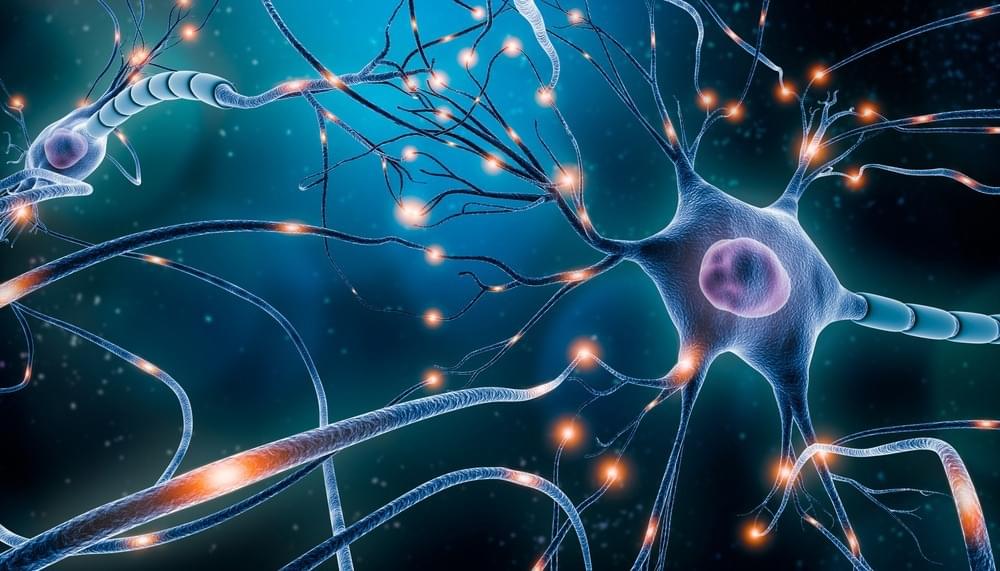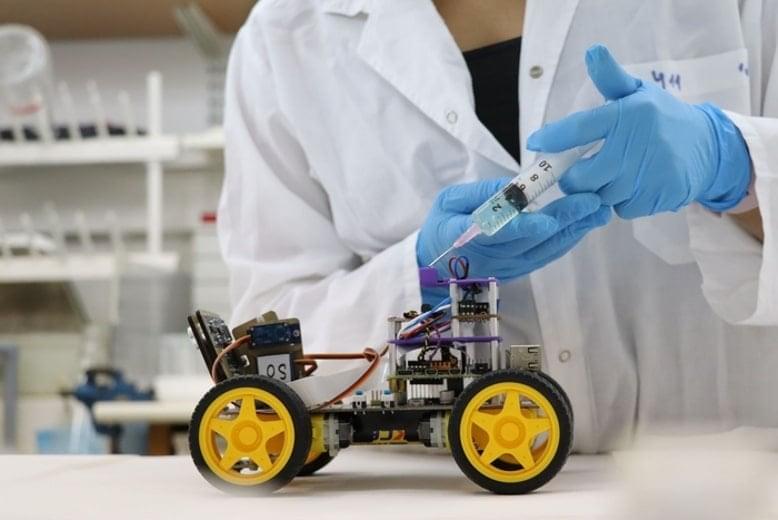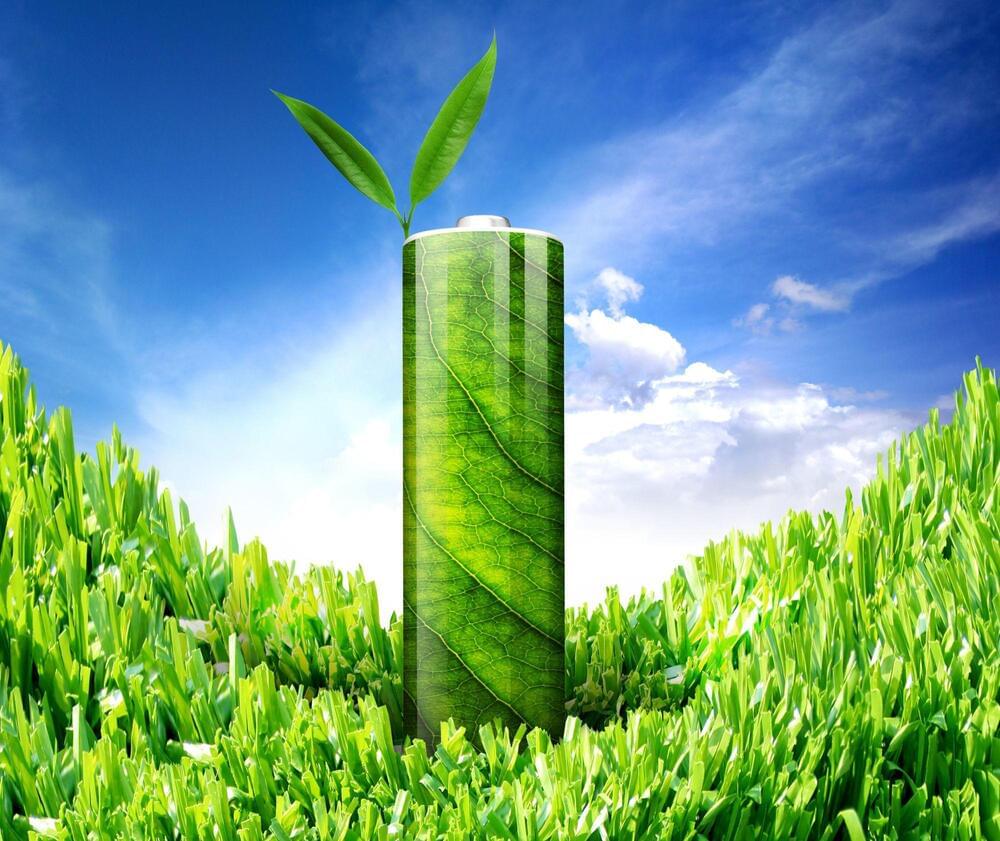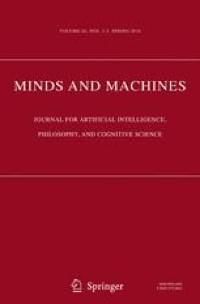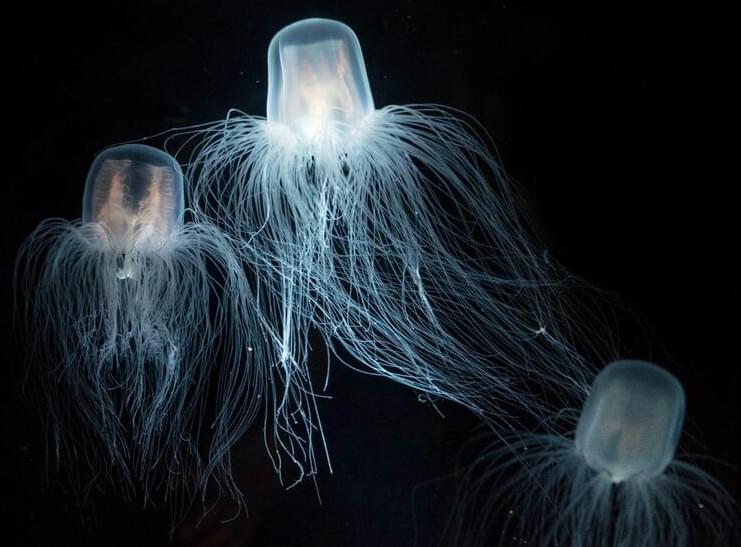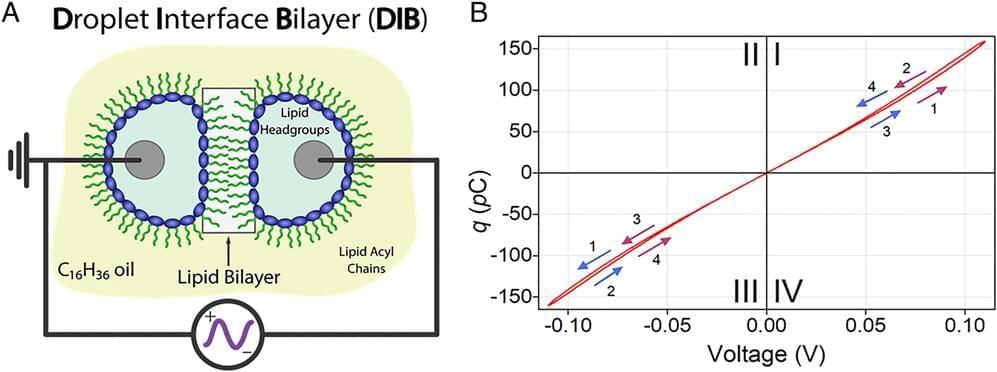The wetware in a casket of bone that we each carry on our shoulders is 1 million times more efficient than the AI models run by services like ChatGPT, Stable Diffusion, or DALL-E.
In this TechFirst with John Koetsier we chat for a second time with Gordon Wilson, CEO of Rain AI, which is building a neuromorphic artificial brain simulating the structure of our biological brains, and aiming at 10,000 to 100,000 greater energy efficiency than current AI architectures.
We also discuss “mortal computation” and a radical co-design of the hardware and software for AI systems, which could lead to much more efficient (and more effective) smart tools, machines, and companions.
Links:
TechFirst transcripts: https://johnkoetsier.com/category/tech-first/
Forbes columns: https://www.forbes.com/sites/johnkoetsier/
Keep in touch: https://twitter.com/johnkoetsier
